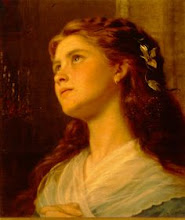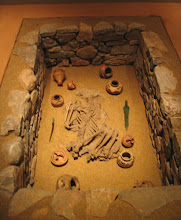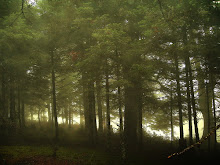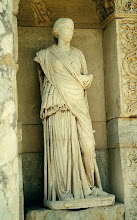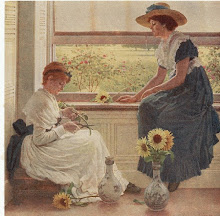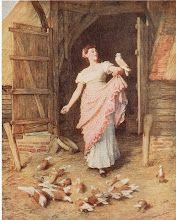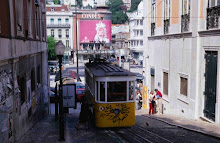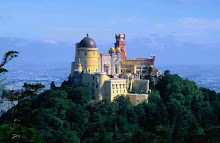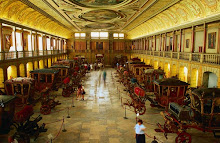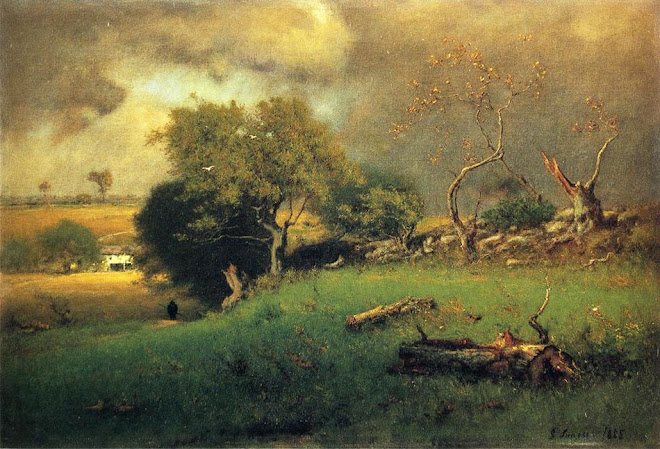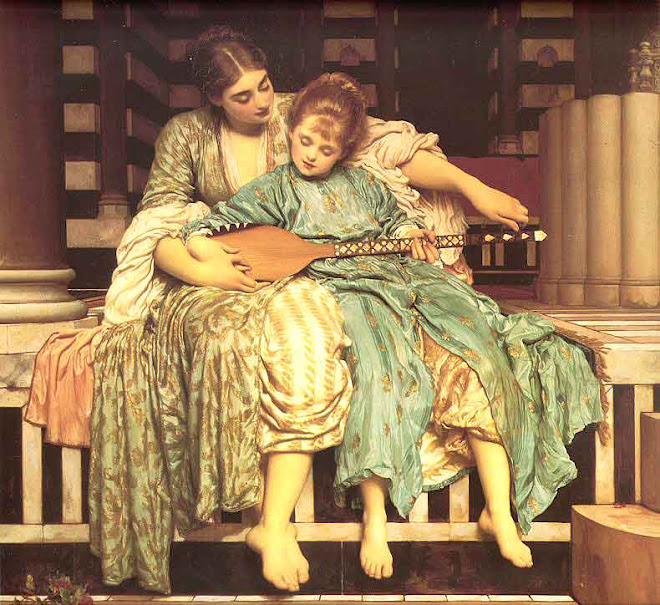
The Artist co-operates with God in making increasingly larger numbers of people see the beauty of the world which these people could never see for themselves. The world, is of course, God's artistic masterpiece; but it is the artist who lends people eyes to see it with. Browning's Fra Lippo has the last word on the subject: -
For, don't you mark, we're made so that we love
First when we see them painted, things we have passed
Perhaps a hundred times not cared to see.

In this sense, Oscar Wilde's paradox is perfectly true: that Nature imitates Art; for the majority of men see in Nature what Art has taught them to see in Nature. The fogs of London, said Wilde, were the invention of Whistler.
To love beauty therefore becomes to the artist, as an artist, his first duty. To love beauty, that is, to see it for himself first, and then to communicate it to others ; for love implies at once vision and reproduction.
It must be the first article in an artist's creed, as an artist, that beauty is the best interpreter of God to man ; that; when he has got hold of beauty, he has got hold of the surest key to the knowledge of God.

Keats has said that Beauty is Truth. Now, this is not true. But to us here, Beauty is, as Plato said, the splendour of Truth. The artist, as an artist, must be content with the splendour and, through this splendour strive to convey the truth. He has no business with truth such as the philosopher, for instance has. He has no concern with conduct as such, as the moralist, for instance, has. It is not his function to exhort men to good work, or to prove things ; but merely to exhibit them.

Sources:
Ist photo: Hale, Lancashire by William Davis
2nd photo: Old Man from Warton Crag by Daniel Alexander Williamson
3rd photo: Landscape, Hampstead by John Everett Millais
4th photo: The Stonebreaker by John Brett
